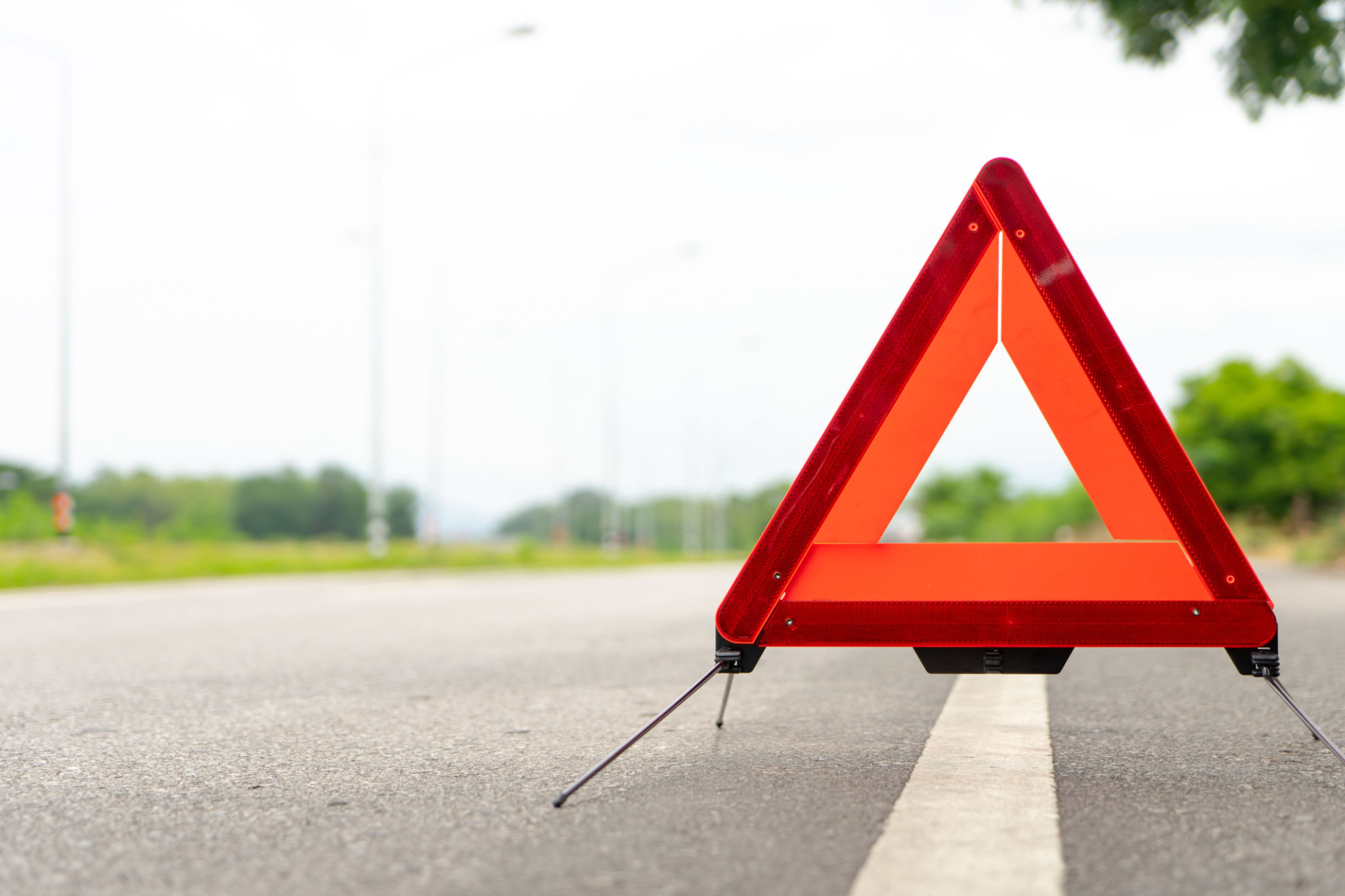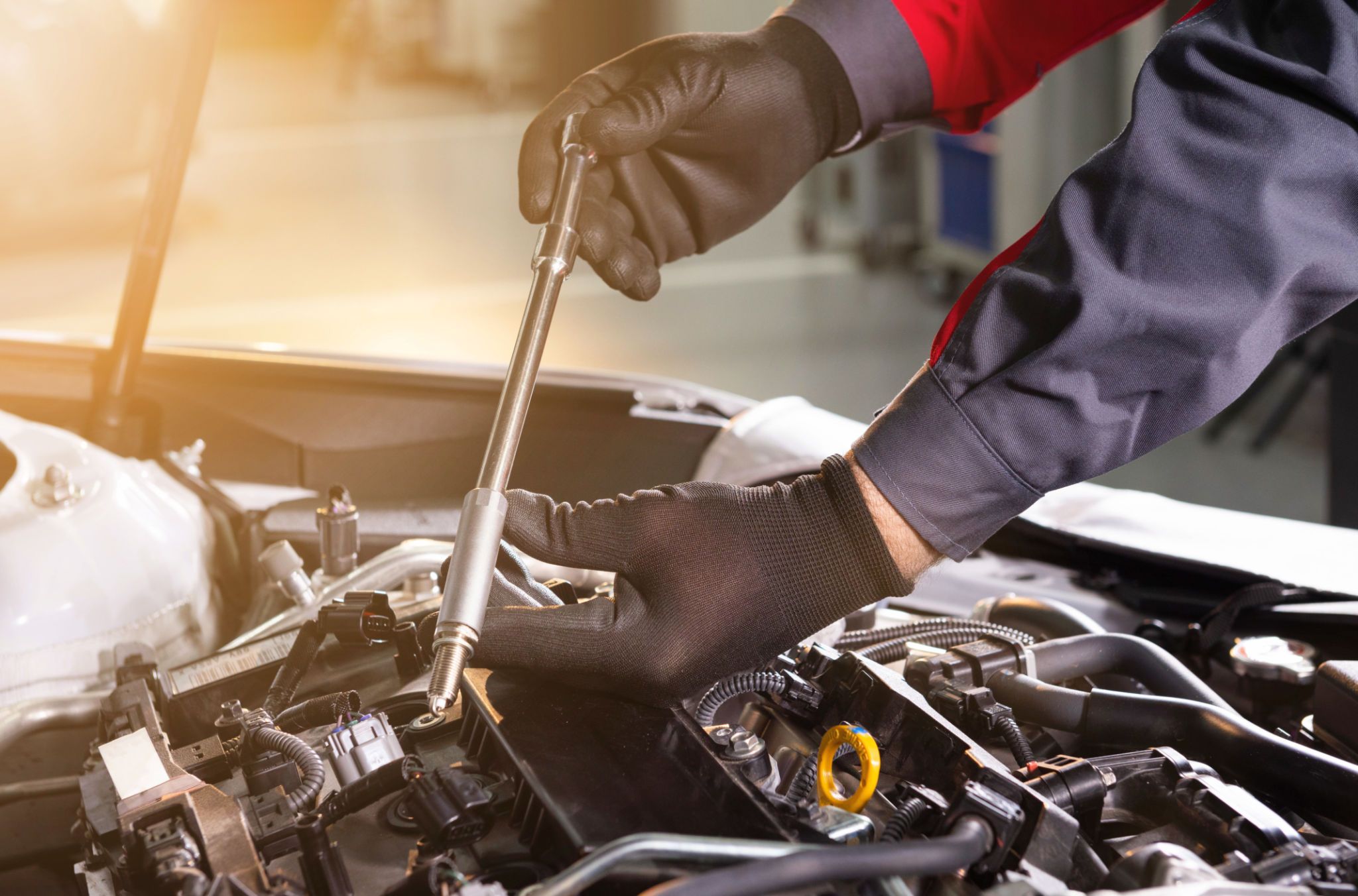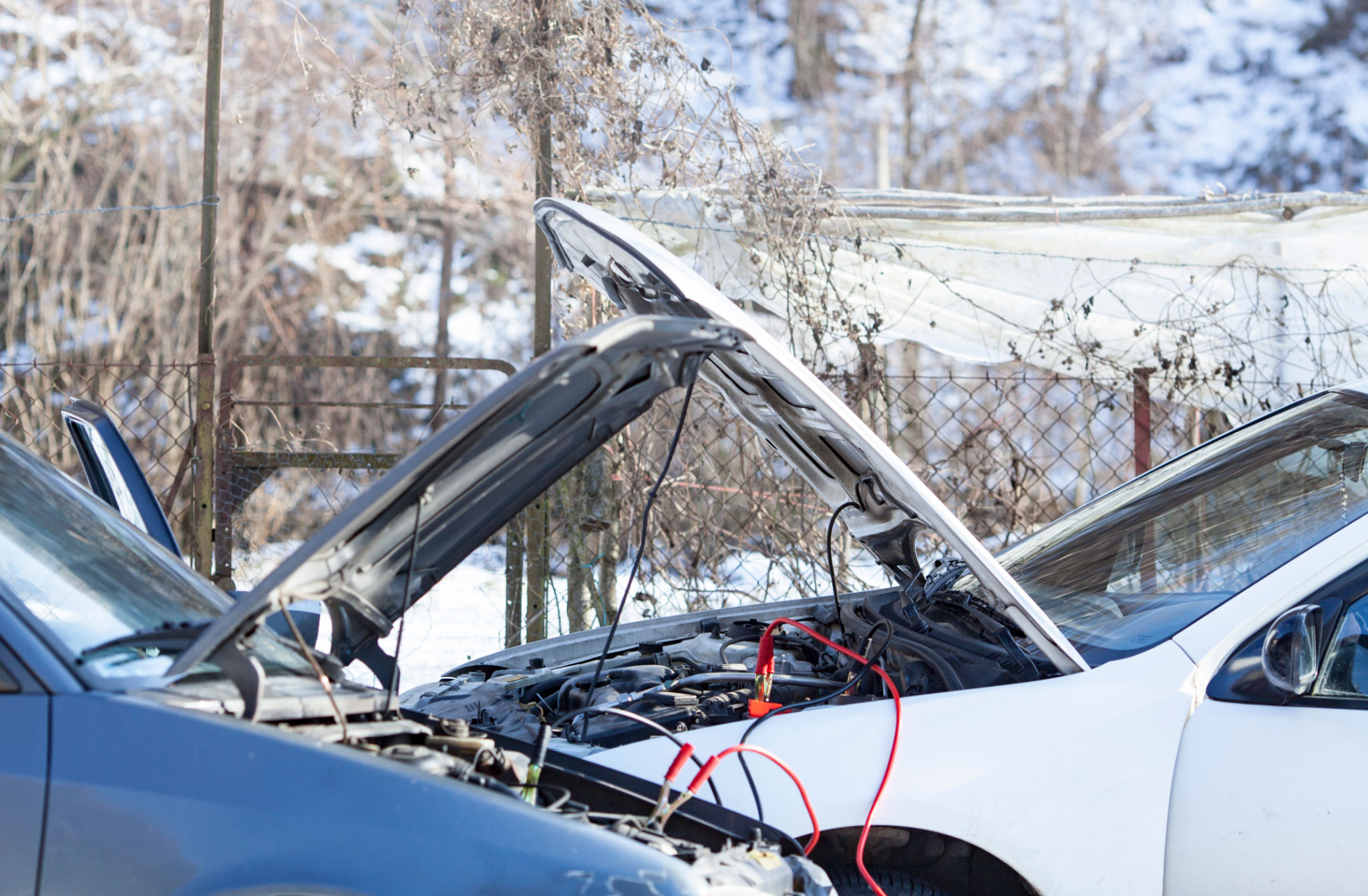DIY Roadside Assistance Tips: What You Can Do Before Help Arrives
Stay Safe and Visible
When your car breaks down on the side of the road, the first thing you need to prioritize is safety. Ensure that your vehicle is as far off the road as possible, and turn on your hazard lights to alert other drivers to your presence. If it's dark, use reflective triangles or flares to increase visibility.
Always remember to stay inside your vehicle if you're on a busy road or highway, especially at night. If you must exit your car, do so from the side away from traffic. Your safety comes first, so stay alert and be cautious of passing vehicles.

Assess the Situation
Once you're safely positioned, assess the situation to determine the issue with your vehicle. This could be anything from a flat tire to engine troubles. Understanding the problem can help you decide your next course of action, whether it's something you can fix yourself or if you'll need professional assistance.
Check for visible signs of trouble, like steam from the hood or an entirely flat tire. Use this time to gather any tools or equipment you might need, such as a jack, wrench, or spare tire.
Basic Troubleshooting Steps
There are several basic troubleshooting steps you can take while waiting for help. Here are a few things you can check and possibly address on your own:
- Check the battery connections if the car won't start; they might be loose or corroded.
- If you suspect a flat tire, inspect it for visible damage and determine if it's safe to change.
- Look for obvious leaks under the car that might indicate a fluid problem.

Changing a Flat Tire
If you determine that a flat tire is the issue and you feel confident changing it yourself, follow these steps:
- Ensure your car is on level ground and engage the parking brake.
- Loosen the lug nuts slightly before jacking up the car.
- Use the jack to lift the car, remove the lug nuts, and replace the tire with the spare.
- Tighten the lug nuts in a crisscross pattern once the spare is in place.
Remember to consult your vehicle's manual for specific instructions related to your car model.
Restarting a Dead Battery
If your battery is dead and you have jumper cables, you might be able to jump-start your car with the help of another motorist. Here's how:
- Position both cars close enough for the cables to reach both batteries.
- Connect one end of the red clamp to the positive terminal of the dead battery and the other red clamp to the positive terminal of the good battery.
- Attach one black clamp to the negative terminal of the good battery and the other black clamp to an unpainted metal surface on your car's engine block.
- Start the working car and then try starting your own vehicle.

Prepare for Future Incidents
Once you're back on the road, consider how you can prepare for future roadside incidents. Keep an emergency kit in your vehicle stocked with essentials like a flashlight, first-aid supplies, water, non-perishable snacks, and basic tools.
Regular maintenance checks can also prevent breakdowns. Ensure your tires are properly inflated, fluids are topped up, and your battery is in good condition.
Conclusion
While waiting for roadside assistance can be stressful, knowing some DIY tips can empower you to handle minor issues independently. Always prioritize safety, assess the situation calmly, and take proactive steps to prepare for emergencies. With these tips in mind, you'll be better equipped to handle roadside challenges with confidence.
